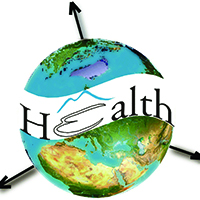Spatial variations of COVID-19 risk by age in Toronto, Canada

Accepted: 2 July 2022
Appendix: 113
HTML: 107
All claims expressed in this article are solely those of the authors and do not necessarily represent those of their affiliated organizations, or those of the publisher, the editors and the reviewers. Any product that may be evaluated in this article or claim that may be made by its manufacturer is not guaranteed or endorsed by the publisher.
Authors
The risk of coronavirus disease 2019 (COVID-19) may vary by age, biological, socioeconomic, behavioural and logistical reasons may be attributed to these variations. In Toronto, Canada, the aging population has been severely impacted, accounting for 92% of all COVID-19 deaths. Four age groups: 60-69 years, 70-79 years, 80-89 years and ≥90 years in Toronto neighbourhoods were investigated for clustering tendencies using space-time statistics. Cohen’s Kappa coefficient was computed to assess variations in risk by neighbourhood between different age groups. The findings suggest that knowledge of health risks and health behaviour varied by age across neighbourhoods in Toronto. Therefore, understanding the socioecological context of the communities and targeting age-appropriate intervention strategies is important for planning an effective mechanism for controlling the disease.
How to Cite

This work is licensed under a Creative Commons Attribution-NonCommercial 4.0 International License.
PAGEPress has chosen to apply the Creative Commons Attribution NonCommercial 4.0 International License (CC BY-NC 4.0) to all manuscripts to be published.

 https://doi.org/10.4081/gh.2022.1100
https://doi.org/10.4081/gh.2022.1100




